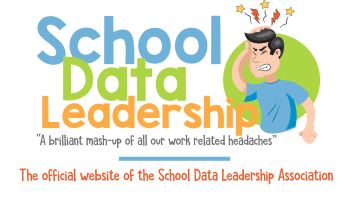Standard 3 - Understanding and Organizing Subject Matter for Student Learning
Teachers exhibit in-depth working knowledge of subject matter, academic content standards, and curriculum frameworks. They apply knowledge of student development and proficiencies to ensure student understanding of content. They organize curriculum to facilitate students' understanding of the subject matter. Teachers utilize instructional strategies that are appropriate to the subject matter. They use and adapt resources, technologies, and standards-aligned instructional materials, including adopted materials, to make subject matter accessible to all students. They address the needs of English learners and students with special needs to provide equitable access to the content.
3.2 Applying knowledge of student development and proficiencies to ensure student understanding of subject matter
As teachers develop, they may ask, “How do I…” or “Why do I…”
Apply my knowledge of human development and learning theory to the unique students that I teach
Guidance: Align instructional strategies with Piaget's stages of development, Vygotsky's ZPD, or Gardner's multiple intelligences. Choose age-appropriate content and tailor feedback to developmental readiness.
Acquire understanding of my students' individual cognitive, social, emotional and physical development
Guidance: Conduct student surveys, interest inventories, and collaborate with school counselors. Use SEL assessments to understand emotional readiness and learning profiles.
Connect content being taught to students' prior knowledge and experiences
Guidance: Use KWL charts, anticipatory sets, and culturally relevant texts. Encourage student storytelling and reflective journaling to link new learning to lived experience.
Build understanding of my English learners’ levels of language acquisition to best support their learning
Guidance: Identify student proficiency levels (Emerging, Expanding, Bridging) using ELPAC or classroom-based assessments. Align instruction with the California ELD standards and scaffold academic tasks.
Build understanding of my students with special needs to know how and when to differentiate instruction
Guidance: Review IEPs and 504 plans, and collaborate with SPED teams. Use tiered assignments, choice boards, and flexible grouping to meet a range of needs.
